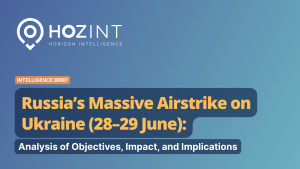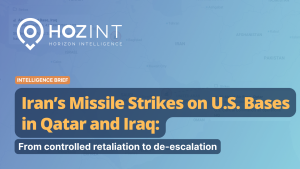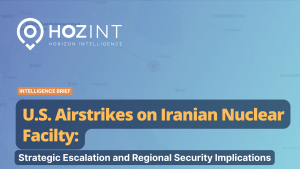On October 16, the Pakistani government announced a hike in fuel prices. This was the second time in 2 weeks that Islamabad increased the price of petroleum products. According to a weekly report by the Pakistan Bureau of Statistics (PBS), the inflation rate recorded for the period between October 9-16 stands at 0.2%. The country witnessed many protests by opposition parties against the high inflation rate, which now stands at 12.66%. According to The Economist, Pakistan now has the 4th highest inflation rate in the world (out of 43 countries). The most worrying fact is that the inflation rate was 9% in September and it has risen to 12.66% in just a month.
Analysis
The Pakistani rupee (PKR) is now down to an all-time low against the US dollar and it is clear that the country is in a deep economic crisis. The prices of fuel and other essential commodities have been increasing very rapidly. Owing to this, political parties, as well as citizens, have staged protests against the exponential rise in the prices of fuel and other essential products. This new crisis emerged at a time when the country is battling the defamation it has been subjected to due to the security situation in Afghanistan, coupled with forecasts suggesting the retainment of Pakistan on the FATF grey list, the controversy surrounding the appointment of the chief of ISI, as well as the energy crisis that the entire world is facing – with federal elections due to be held in 2 years.
Several opposition parties including the Pakistan Muslim League-N (PML-N), Pakistan Democratic Movement (PDM) and Jamaat-e-Islami (JI) announced a series of protests demanding the rate of inflation be controlled. These protests will go on for another 2 weeks. Lawyers have also boycotted court proceedings and taken part in rallies against the incumbent government. Maryam Nawaz, the Vice-President of the Pakistan Muslim League-N (PML-N) has leveraged the chaos and announced a series of protests – the first of which was held in Rawalpindi, Punjab, on October 20.
Forecast
According to the World Bank’s International Debt Statistics 2022 report, Pakistan is one of the top 10 countries with the largest external debt – which stands at an overwhelming USD 108.53 (an increase of 8% from USD 100.83 in 2019). Taking into account the current situation, it is unlikely that Pakistan gets out of the economic crisis it is now in. People in the country are also lashing at the government on social media and so are opposition leaders.
With demands about the blacklisting of Pakistan by the Financial Action Task Force (FATF), there is almost no hope of the country receiving any aid. Adding to this are reports which forecast the greylisting of Pakistan’s key ally, Turkey. In the next few months, Pakistan is very unlikely to receive any economic stimulus from external sources, given the global war on terrorism. It can, though, attempt to get loans from China – but with the risk of being caught in the Chinese debt-trap diplomacy. With the Taliban coming into power, Pakistan is also under constant threat of more damage as it cannot ignore the same. None of the key allies of Pakistan are in a position to help Pakistan and it must now show its commitment towards countering terrorism and money laundering.
The crisis that Pakistan is now in, is surely a stumbling block for the incumbent government. As for the ongoing protests – they are most likely to continue at least until mid-November. There is huge pressure on Pakistan at the moment and it will be provided with any aid, by multilateral organizations, provided it takes up counter-terrorism very seriously.
By Uma Sathwika Manda, former Risk Intelligence Analyst at Hozint – Horizon Intelligence.




